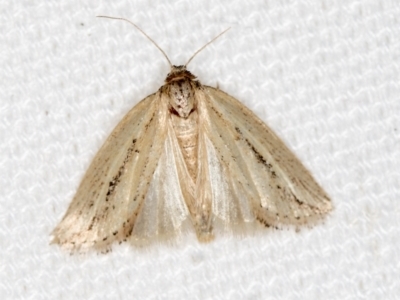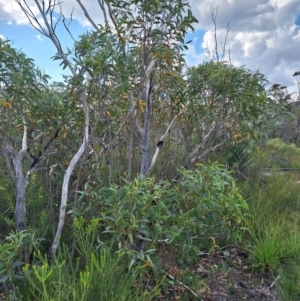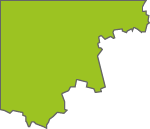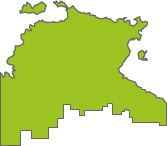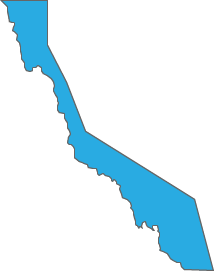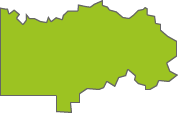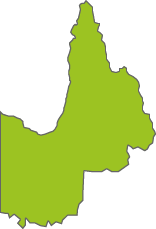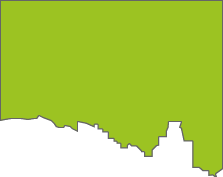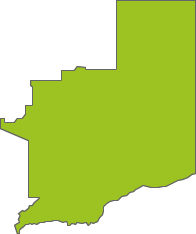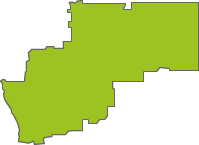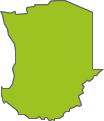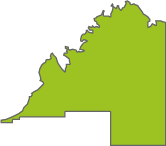Top species richness
Announcements
19 Apr 2024
Hello NatureMaprs,We are desperate for testers. This is call for anyone who'd like to be involved in testing our 4.4.0 mobile update. We need as many testers as possible to ensure the application runs...
Continue reading
NatureMapr Data Management and Privacy Policy update
Exciting mobile app updates under way
Future of NatureMapr survey results and update
Application Testing: Update 4.4.0
Discussion
waltraud
wrote:
26 min ago
thanks Mike
I cut and dabbed and bagged the fruits when I took the photos; will try stem scraping next season.
I cut and dabbed and bagged the fruits when I took the photos; will try stem scraping next season.
Asparagus officinalis
LadyoftheLake
wrote:
4 hrs ago
Megachile macularis - Leafcutter Bee?
Unidentified Bee (Hymenoptera, Apiformes)
LadyoftheLake
wrote:
6 hrs ago
Hi Tapirlord. :) thanks for the comment. :) I was thinking it was maybe an Acorn Banksia, (Banksia Prionotes) but don't really know. I've uploaded a more close-up photo of flowers and leaves. Hope it helps. :)
Banksia sp.
Mike
wrote:
Yesterday
You probably need to cut high up to remove all the fruit, but stem scraping and 1:1 glyphosate is better than treating the cut; more surface area. The poison might not get to the rhizomes when the plants are not actively growing.
One option is to removes all the berries and let the stems die down in winter, then harvest the emerging spears in spring; you could have a feed and poison the plant at the optimum time :-)
One option is to removes all the berries and let the stems die down in winter, then harvest the emerging spears in spring; you could have a feed and poison the plant at the optimum time :-)
Asparagus officinalis
Significant sightings
- Lycopodium deuterodensum at QPRC LGA
- Mirbelia pungens at Rob Roy Range
- Tetramesa sp. (genus) at Molonglo River Reserve
- Telala musiva
- Keyacris scurra
- Gentianella muelleriana subsp. jingerensis at Namadgi National Park
- Gentianella muelleriana subsp. jingerensis at Namadgi National Park
- Bipalium kewense at Berry, NSW
- Engaeus cymus at Lower Cotter Catchment
- Spiloscapha thallioides
Latest identifications
Lepidoptera unclassified IMMATURE moth
Top contributors
- AlisonMilton 12.3K
- trevorpreston 12.2K
- michaelb 10.2K
- Tapirlord 9.4K
- RodDeb 9.2K
- Mike 8.3K
- KylieWaldon 6.1K
- kasiaaus 6.1K
- jb2602 6K
- MatthewFrawley 5.5K
Top moderators
- MichaelMulvaney 42.2K
- Tapirlord 21.9K
- natureguy 15.1K
- donhe 12.5K
- michaelb 11.5K
- Liam.m 11.5K
- ibaird 10.7K
- KimPullen 7.9K
- MatthewFrawley 5.8K
- AlisonMilton 5.3K
Explore Australia by region
Australian Capital Territory
Canberra & Southern TablelandsNew South Wales
Albury, WodongaCanberra & Southern Tablelands
Central West NSW
Far West New South Wales
Greater Sydney
Hunter Region
New England
New South Wales North Coast
Riverina Murray
South Coast
Southern Highlands
Northern Territory
Central and BarkleyTop End and Big Rivers


